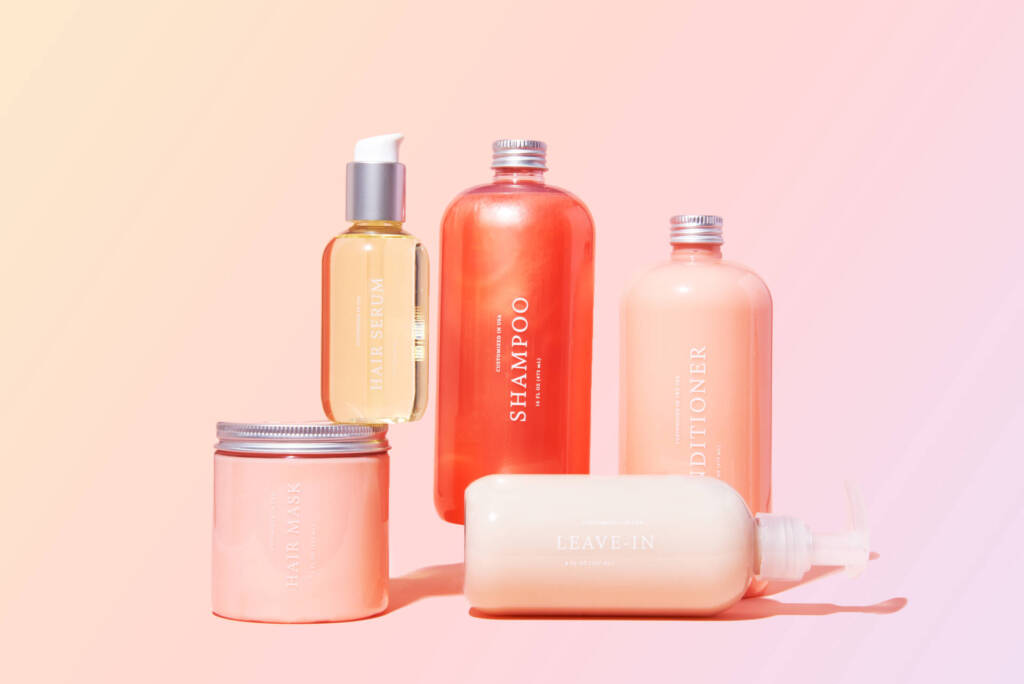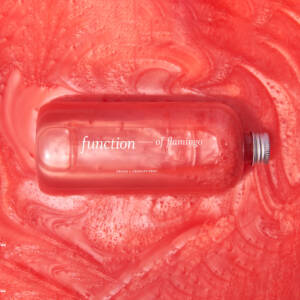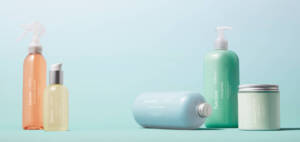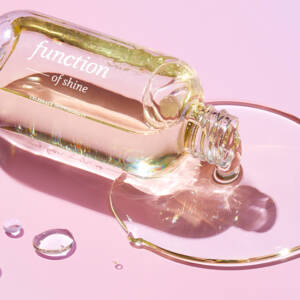We love to see the narrative around sustainability becoming so common that words like ‘recyclable’ and ‘recycled’ are all over packaging and within messaging constantly. But it’s important to break down even the basics so that we know what we’re purchasing, and understand how our personal sustainability efforts make an impact. Plus, ‘recyclable’ and ‘recycled’ are too similar to not get confused every once in a while, right? Here’s the breakdown on both, and how your function products fit into the conversation.
Recyclable materials
Recyclable (aka able to be recycled) materials can go into the recycling bin instead of the landfill after use. These products are labeled with the 3-arrow label we’re used to seeing on recycling bins. After going through the recycling process of collecting and sorting, they’re able to be reprocessed into something new! Recyclable materials are not necessarily made of recycled materials (think: new plastic aka ‘virgin plastic’) and really only benefit the environment when people recycle them. Otherwise, they end up in landfills like everything else, and their usefulness is wasted (so please 🙏 recycle!).
Recyclable function products
Hair care bottles, jars, and caps

If you’re using pumps, remove the top of the pump from its tube and discard. Rinse your bottle so it’s clean and clear of any remaining formula. Now your bottle, pump tube, and cap are ready to be recycled!
(Pro tip: opt out of pumps for your second order and reuse your originals to reduce plastic production.)
Skincare bottles

Remove pumps from your cleanser and lotion (if you received lotion moisturizer) and gently pull at your serum dropper to remove it from the lid. Discard both. Rinse your bottles and jars so that they’re clean and clear of any remaining formula. Now, your bottles, jars, and caps are all ready to be recycled!
Kraft packaging (brown boxes you received your products in)

Break down your kraft boxes and recycle. Your regimen card (these are going digital, but you may get a printed one before we’ve gone fully digital!), comb sleeve, and any inserts that came in your package are also all ready to be recycled!
Find your local recycling center and your local recycling guidelines here.
Recycled materials
Now that we’ve nailed down that some materials are recyclable it’s easier to understand recycled content (the stuff that’s created on the other end). Basically, a recycled object is made up (at least in part) of material that’s already been used and recycled. Some recycled objects could be made up of more recycled content than others, and if companies are transparent about it you might see a percentage of just how much in their messaging. For instance, our Kraft packaging is made up of 30% post-consumer recycled materials (recycled content). The packing is 100% recyclable (all of it can be recycled once you’re done with it)!
The combination
For your efforts in recycling and purchasing recycled products to be most effective, they should work together cyclically. The more you cut out the purchase of new plastics (+ other materials) and recycle, the more we get to a place where products continue to be used and reused without creating waste. We (at function) are always challenging ourselves to up our sustainability efforts and we’ll stay transparent with you on what those steps are and when we’re able to officially roll them out. Until then, happy recycling!





